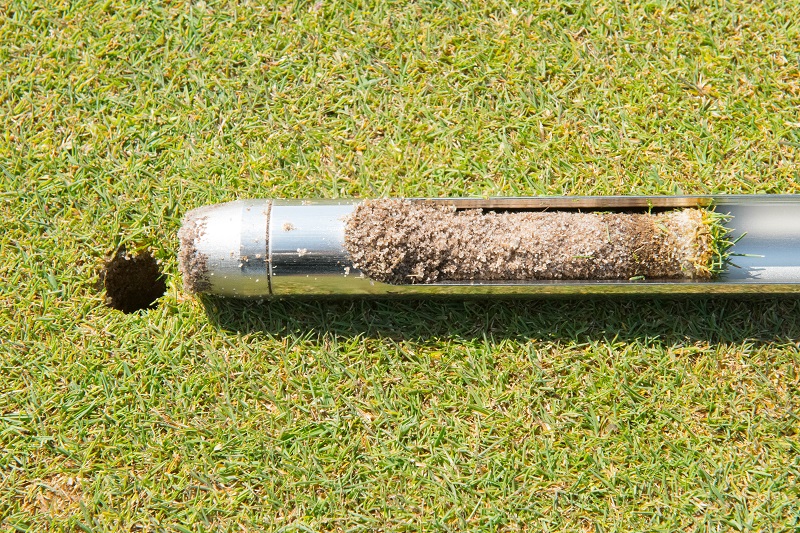The purpose of a soil test is to provide a prediction of a plant’s response to an applied nutrient. Through proper sampling, laboratory analysis, interpretation of results, application recommendations, and record keeping, soil testing can be used to manage nutrients more efficiently and in an environmentally sound method. A basic soil test will provide availability values for soil reaction (pH), P, potassium (K), calcium (Ca), and magnesium (Mg). Additional tests can provide information on soil organic matter, soil micronutrients, and soluble salt levels, among other characteristics. Keeping soil test results from prior years will allow monitoring changes in soil nutrient levels over time and provide evidence of the impact of nutrient management plans. In Maryland, maintenance P applications must be based on soil test recommendations obtained at least every three years.
The University of Maryland Extension maintains a list of soil test laboratories and guidance on conducting soil tests (see Selecting and Using a Soil Test Laboratory. 2013. University of Maryland).
Best Management Practices
- Divide the course into logical components such as greens, fairways, tees, and roughs. In addition, do not combine samples from areas that have different past management histories, exhibit different problems, or have different turfgrass species.
- Ten to 15 soil samples should be randomly taken from each sample area and blended together to provide a representative, uniform soil sample.
- Each soil sample should be taken from the same depth, with thatch removed.
- It is desirable to use the same soil testing laboratory for subsequent soil tests so that easy comparisons of changes in soil fertility values over time can be made.

Soil testing should be used to manage nutrients more efficiently and in an environmentally sound method. Photo credit: Joseph Roberts.
Next: Plant Tissue Analysis

